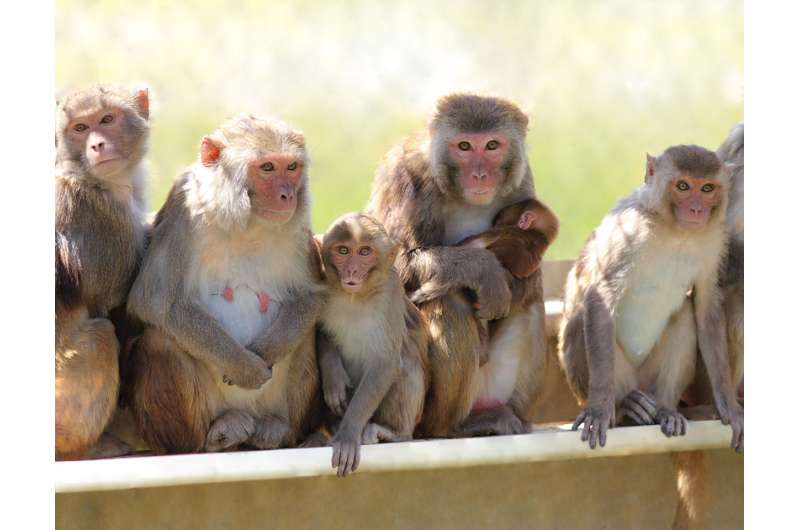Male contraceptive gel in monkeys shows potential as an alternative to vasectomy

A contraceptive gel has provided long-term and reliable contraception in male rhesus monkeys, according to research published in the open access journal Basic and Clinical Andrology. The product, called Vasalgel, which was trialled in rabbits in 2016, has the potential to be a reversible alternative to vasectomy.
Vasalgel is a non-pharmaceutical agent that forms a non-toxic hydrogel when injected into the vas deferens (the duct which conveys sperm from the testicle to the urethra). The gel fills the internal cavity of the vas deferens, forming a mechanical barrier to the movement of sperm. This method of contraception could one day be a viable alternative to a vasectomy and, in this study, was able to prevent any conceptions occurring in a test group of 16 rhesus monkeys.
Dr Catherine VandeVoort, lead author from the California National Primate Research Centre, said: "Our research shows that Vasalgel placement into the vas deferens produces reliable contraception in mature male rhesus monkeys as shown by the lack of pregnancies in reproductively viable females with which the males were housed. Importantly, we show that the method of Vasalgel placement is safe and produced fewer complications than usually occur with a vasectomy."
Dr VandeVoort added: "Vasalgel shows real promise as an alternative to vasectomy because research in rabbits has previously shown the product to be reversible. Although it is possible to reverse a vasectomy, it is a technically challenging procedure and patients often have very low rates of fertility following reversal."
The researchers selected 16 adult male monkeys for surgery that involved injection of Vasalgel into the vas deferens. The monkeys were then monitored closely for 7 days for healthy recovery before being introduced back into their normal group housing. This consisted of large outdoor enclosures containing between 10-30 monkeys that included male and female infants, juveniles and adults. Each group had between one and three males that had been administered Vasalgel. The males were housed with their groups for at least one breeding season (approximately six months) and the authors report that no conceptions occurred. The expected pregnancy rate for sexually mature females in similar housing is approximately 80% per breeding season, according to the researchers.
One monkey out of the 16 that received Vasalgel showed signs of sperm granuloma (a hard build-up of sperm in the vas deferens) as a result of the injection. This is a common complication following a vasectomy, occurring in around 60% of cases in humans, according to the researchers. Discomfort or serious side effects caused by sperm granuloma are rare following a vasectomy. The researchers also state that the typical rate of sperm granuloma in male rhesus monkeys that have undergone vasectomy is around 15%.
The researchers say that future research should investigate the reversibility of Vasalgel placement in rhesus monkeys so that it can move forward as a potential alternative option to vasectomy for human males.
More information: Angela Colagross-Schouten et al, The contraceptive efficacy of intravas injection of Vasalgel™ for adult male rhesus monkeys, Basic and Clinical Andrology (2017). DOI: 10.1186/s12610-017-0048-9

















